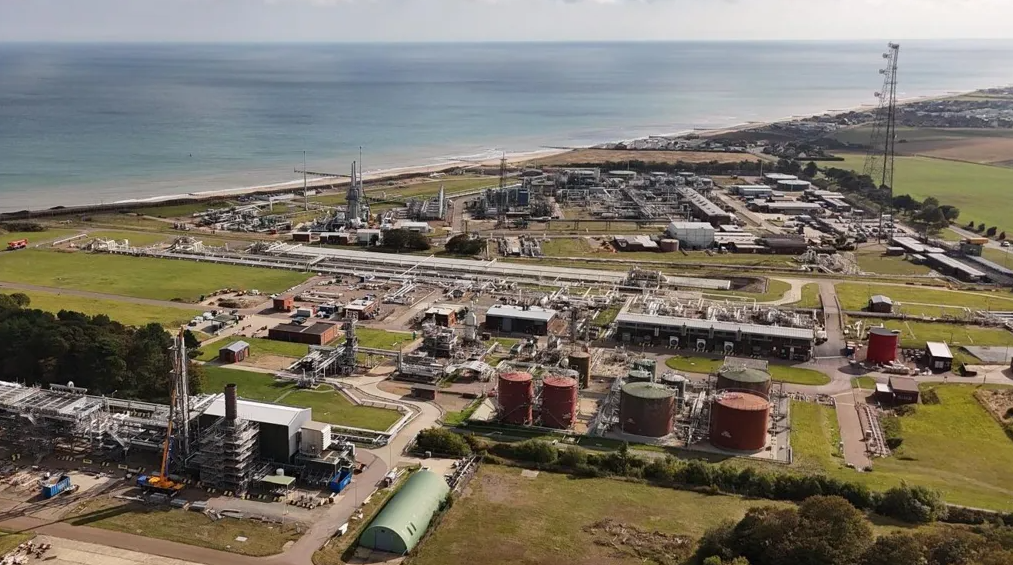
Kevin Keable, chair of the East of England Energy Group, said the Bacton Gas Terminal is "ideally positioned" to lead the transition, with both the infrastructure and geological formations needed to store captured carbon dioxide (CO₂). The same reservoirs that have long provided natural gas from the North Sea could be repurposed to hold CO₂, helping to cut emissions.
"For net zero to succeed, we must capture and store carbon," Keable explained.
Government Investment and Industry Projects
The UK government has pledged nearly £22 billion for carbon capture and storage (CCS) initiatives. At Bacton, one such scheme is the Poseidon Project, co-led by Perenco, which operates part of the terminal. It plans to transport CO₂ from industrial sites such as cement works, waste incinerators, and sugar refineries, and inject it into the depleted Leman gas field off the Suffolk coast.
Jonathan White, Perenco's general manager, said the terminal's workforce and expertise in offshore gas operations are directly transferable to carbon storage. "We've already proven the technology, successfully pumping thousands of tonnes of CO₂ offshore," he noted.
Debate Over CCS and Fossil Fuels
Despite the momentum, environmental groups like Greenpeace and Friends of the Earth argue CCS risks prolonging the use of oil and gas, locking the UK into fossil fuel dependency. Critics also question whether CCS can be scaled up quickly enough to cut emissions at the pace required.
Globally, more than 35 billion tonnes of CO₂ are emitted every year, while only around 50 million tonnes are captured by about 45 CCS projects worldwide, according to the International Energy Agency.
Hydrogen Ambitions
Alongside carbon storage, Bacton could become a hub for hydrogen fuel production by 2030. While "blue hydrogen" is derived from natural gas with associated emissions, "green hydrogen" can be generated using surplus renewable energy from wind or solar.
"Green hydrogen represents the future," said Keable. "But in the near term, Bacton can produce both blue and green hydrogen, helping the UK secure energy supplies, support local jobs, and drive down carbon emissions."
Industry leaders envision the terminal evolving into a new "energy gateway" — one that captures carbon, produces clean fuels, and contributes to Britain's long-term climate strategy.